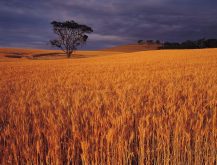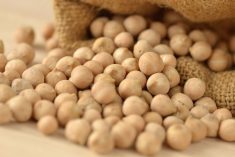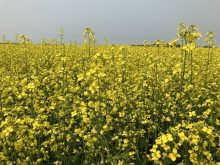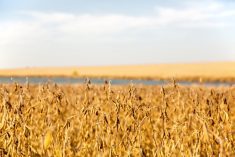Federal wireworm experts are enlisting cereal growers in the Prairie provinces and Ontario to map the species and populations now crawling around Canadian fields.
Research scientists Bob Vernon and Wim van Herk of Agriculture and Agri-Food Canada at Agassiz, B.C. plan to analyze the samples collected in bait balls, identify hotspots for different wireworm species and draft a wireworm species map for use by growers, retailers and agronomists.
Bait balls needed for the survey have been supplied by Syngenta Crop Protection Canada, and are branded as a promotion for its seed treatment Cruiser Maxx, a combination of Dividend fungicide and the wireworm insecticide Cruiser.
Read Also

USDA predicts more wheat in Australia, smaller crops elsewhere
Australia will grow more wheat in 2025/26 than earlier expectations, but production will likely be down on the year in Turkey and Kazakhstan, according to several attaché reports released by the United States Department of Agriculture on Nov. 20, as it continues to catch up following the federal government shutdown.
In a release Tuesday, the company said it has distributed 2000 Cruiser Maxx bait ball kits to cereal growers across Alberta, Manitoba, Saskatchewan and Ontario.
The company said its kits “contain everything needed to make bait balls,” made out of oatmeal and honey and buried in the ground to release carbon dioxide and attract and trap wireworms.
The map, when completed, will be an “invaluable” tool for plotting the type and severity of wireworm infestations in different areas, helping farmers determine their crop rotations, seed care, and crop protection options, the company said.
Wireworms, a cereal and pulse pest across Canada, lives in soils and can feed on large numbers of seeds. Growers often won’t know they have a wireworm infestation until there are large patches of missing seedlings in their field, the company said.














